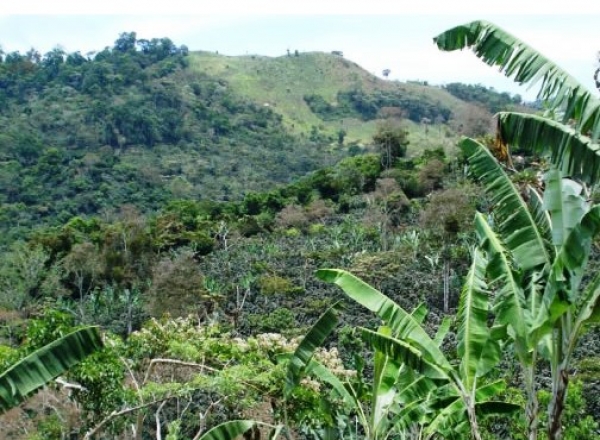New IUCN report examines achieving a net positive impact for biodiversity

A new IUCN study examines, for the first time, how commercial agriculture and forestry production could reduce global biodiversity loss by applying innovative approaches already used by some companies in the extractive and infrastructure industries.
The report, No Net Loss and Net Positive Impact: Approaches for Biodiversity, finds that under certain conditions, applying No Net Loss (NNL) and Net Positive Impact (NPI) approaches to agriculture and forestry landscapes associated with companies’ operations and supply chains could have a greater impact in reducing biodiversity loss than in other sectors.
According to the IUCN Red List of Threatened Species™, agriculture impacts 8,482 threatened species globally, while forestry impacts 7,953 threatened species, compared to the infrastructure and extractive sectors, which impact up to 4,688 and 1,692 threatened species respectively.
Adopting the NPI approach would require companies in the agriculture and forestry sector to take a systematic and scientific approach to evaluate their biodiversity impacts, establish biodiversity conservation goals and implement actions to realise these goals, according to the report.
“The NPI approach goes beyond responsible management practices to ensure measurable conservation impact,” said Gerard Bos, Director of IUCN’s Global Business and Biodiversity Programme, which oversaw the report. “With today’s growing demand for food, fibre, fuel and forest products, it is imperative that these sectors recognise their biodiversity impacts and implement action plans to become more sustainable.”
Both NNL and NPI are increasingly recognised as biodiversity goals for development projects that strive to either balance the biodiversity impacts (NNL) or outweigh the negative impacts with conservation gains (NPI). The NPI approach involves using a mitigation hierarchy for managing biodiversity risk. The report concludes that an NPI approach could potentially be applied by companies operating in the agriculture and forestry sectors where the goal is to enhance or protect native wildlife, including species of conservation concern, and improve crop diversity, crop productivity and the efficiency of natural resource use on-site, combined with protecting natural habitats off-site from conversion.

Facebook comments